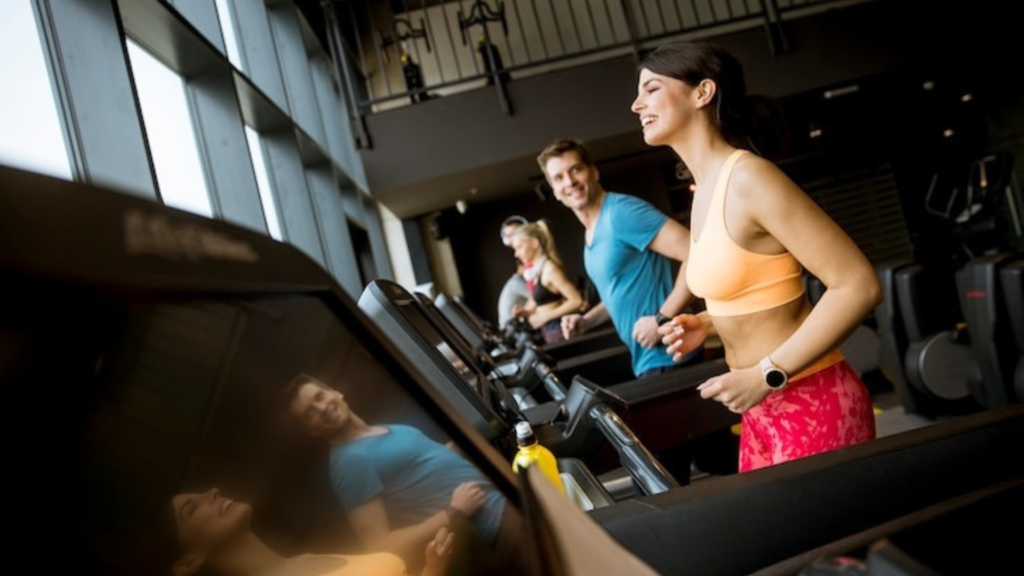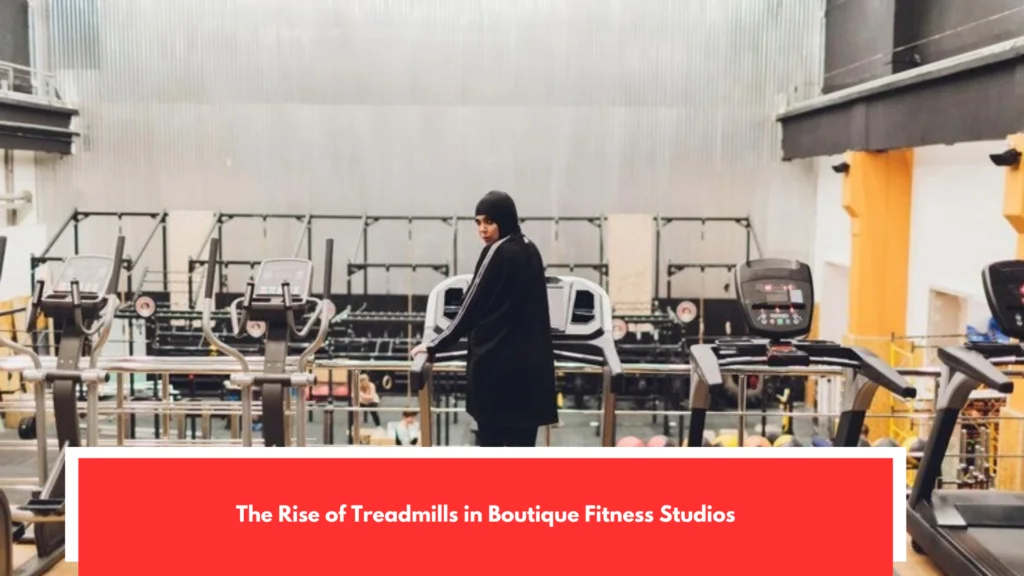The Rise of Treadmills. Long gone are the days when a gym membership meant loud chains and workout routines. In the current state of fitness, a new player has emerged, disrupting the scene and redefining the trend: the boutique gym. These specialized centers for indoor cycling, barre, boxing, yoga, and more aren’t just places to sweat; they offer a personalized fitness experience that captures the hearts and wallets of health-conscious consumers. While the entry price may be startling (some classes reach up to $40 each), the numbers tell a story of undeniable growth and popularity.
According to the International Association of Fitness Professionals, Racquet Clubs, and Sports Clubs, between 2013 and 2017, gym membership increased by 15%, while boutique studio membership skyrocketed by a whopping 121%. This exponential growth is reshaping the fitness landscape, and boutique studios now command a larger share of the fitness industry, worth $25.8 billion. Leading this charge is Equinox Holdings, Inc., a fitness powerhouse that seamlessly blends luxury gyms with a collection of boutique studios.
The Rise of Treadmills: History and Origin of The Concept of Gym

Brands like Equinox, SoulCycle, Blink Fitness, and Pure Yoga under its umbrella, Equinox has become synonymous with a premium fitness experience defined by the brand’s prestige and exclusivity. Recent investments in companies such as Rumble Boxing emphasize Equinox’s commitment to tapping into emerging fitness trends and extending their reach in major cities. Not to left behind, Xponential Fitness has quietly emerged as a force to reckoned with. This privately capital-backed holding company has been on an acquisition spree, acquiring boutique fitness concepts of the highest order and taking them to unprecedented heights.
The Rise of Treadmills. Concepts such as CycleBar, StretchLab, Row House, and Pure Barre are part of Xponential’s remarkable portfolio, with plans for global expansion in the works. The origin of this driving force of the fitness studio boom? Millennials and Generation Z, who find not only a routine but a philosophy of life and a social status in health and fitness. As consumer investment in fitness continues to increase, private business capital begins to take notice and use the boutique studio as a growth platform and future IPO.
The Rise of Treadmills: Evolution of The Sector

The horizon filled with possibilities, with notable players such as Mayweather Boxing + Fitness, Orangetheory Fitness, F45, and Shred415 capitalizing on the growing interest in specialized fitness experiences. From high-intensity interval training to boxing-based workouts, these gyms address a wide variety of fitness preferences and goals. Though the fitness industry continues to evolve, one thing is certain: the boom in boutique fitness studios has no signs of slowing. With drivers and agitators such as Equinox Holdings, Xponential Fitness, and a long list of innovative concepts in the pipeline.
The Rise of Treadmills. The future of fitness is boutique. For those who wish to go deeper with this successful business, our guide to boutique gyms in the US. offers a closer look at the pioneers shaping the industry landscape. The history of gymnasiums dates back to the times of Ancient Greece and Rome. The term “gymnasium” comes from the Greek word “gymnastics,” meaning “nakedness.” Therefore, the word “gymnastics” refers to the place where one goes naked, and at that time, it used to designate the place where children taught.
Current Environment

Specifically, in these centers, children were taught physical education. They could also read in the libraries or even take a relaxing bath, all without wearing clothes. (Ordás, Jiménez Márquez, and Caballero Blanco, 2009) The most common sports they participated in were wrestling, jumping, boxing, pankration, pentathlon, dance, running, and discus throwing. That is, they used these centers exclusively to enhance a human being’s muscular capacity or endurance, which they gradually began to complement with other gymnastic exercises and conditioning through the use of routines as well as music, with the main
Goal of shaping the body and losing fat (López, 2001). It is worth noting that the first indoor gymnasium was created in Germany, specifically in Hesse, thanks to the efforts of Professor Friedrich Jahn and the Gymnastics group in the 19th century. This model was spreading to the United States, and in 1820, the first gymnasium at Harvard University opened, already equipped with machines and devices for exercise. Gymnasiums then began to be built at military academies, such as West Point, in high schools and university campuses (Diez, 2013).
Conclusion

In the 20th century, these centers evolved into today’s fitness centers, offering assisted exercises and machines, which are attempting to update themselves with new concepts within their own facilities. Many of the instruments used within these spaces are intended to improve firmness and tone the muscles. Each machine is specifically designed to develop a specific muscle group, with a system of weights and pulleys, which perform their function when set in motion.
As we can see in the following figure, Germany and the United Kingdom have been the European countries with the greatest growth in the fitness industry in the past year, after France and Italy. The fitness business in Spain has been growing over the years thanks to the Public Administration, which for several years dedicated a large amount of its budget to opening services, such as public pavilions. In 2009, this subsidy for sports facilities reached its peak. Following the outbreak of the 2008 economic crisis, the E7 Plan reached a record figure of approximately €1.6 billion (see Figure 2).\
Read more: How Corporate Wellness is Driving Treadmill Sales



